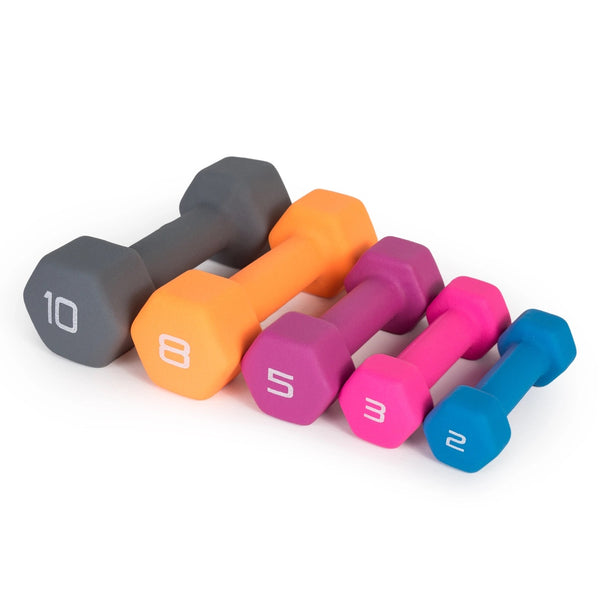Your Cart is Empty
October 15, 2023 3 min read
Sit-ups are one of the most popular exercises around, and for good reason. The exercise is simple and effective, and it can be done in any environment with little or no equipment. It strengthens the core muscles of the abdomen and lower back, helping to improve posture, balance, and stability.
Shop The Collection: KettlebellsA sit-up is a type of abdominal exercise which involves lying down on a flat surface and raising your upper body off the ground. The exercise requires you to use your abdominal muscles, as well as your hip flexors. It can be done for reps or as part of a set routine.
 Shop The Gear: MAGMA Cast Iron Kettlebells, from $10.99 USD
Shop The Gear: MAGMA Cast Iron Kettlebells, from $10.99 USD
The anatomy of a sit-up is actually quite simple. You start by lying down on a flat surface, such as a mat or the floor. Your feet should be flat on the ground and slightly apart. Your hands can either be behind your head or crossed over your chest. Then, you slowly raise yourself up into a sitting position, using your core muscles. As you come up, keep your back straight, your chin tucked in, and your shoulders back. Once you reach the top of the sit-up, hold the position for a few seconds before slowly lowering yourself back down.
Shop The Collection: DumbbellsThere are several muscles that are involved in the sit-up exercise. These include the rectus abdominis (the “abs”), the obliques, the transverse abdominis, the iliopsoas, and the hip flexors. Each of these muscles work together to help you perform the exercise correctly and get the best results. Let’s take a closer look at each of them.
 Shop The Gear: CAP Barbell Neoprene Dumbbells, from $1.99 USD
Shop The Gear: CAP Barbell Neoprene Dumbbells, from $1.99 USD
The rectus abdominis, or “abs”, is the muscle group located on the front of the abdomen. It runs from the ribs to the pubic bone and is responsible for stabilizing the spine, flexing the trunk, and helping to pull the torso forward. During a sit-up, the rectus abdominis helps to lift the upper body off the ground and is responsible for the crunching motion.
The obliques are the muscles located on the sides of the abdomen. They are responsible for rotation and side bending of the trunk. During a sit-up, the obliques contract to help you maintain proper form and also provide additional stability.
The transverse abdominis is a deep abdominal muscle located beneath the rectus abdominis. It is responsible for providing stability and support to the spine. During a sit-up, the transverse abdominis contracts to help you maintain proper form while also providing resistance against gravity.
The iliopsoas is a group of muscles located in the hip region. It consists of two muscles: the iliacus and the psoas major. The iliopsoas is responsible for flexing the hip joint and is involved in lifting the legs during a sit-up. It is important to engage the iliopsoas during sit-ups in order to ensure proper form and to get the most out of the exercise.
The hip flexors are the muscles located in the front of the hip. They are responsible for flexing the hip joint, which is essential for performing any type of movement involving the legs. During a sit-up, the hip flexors help to lift the legs off the ground and to stabilize the lower body.
Sit-ups are an effective and simple exercise that can be done anywhere with minimal equipment. Understanding the anatomy of a sit-up will help you to perform the exercise correctly and get the most out of it. By engaging the rectus abdominis, obliques, transverse abdominis, iliopsoas, and hip flexors, you will be able to maximize the benefits of the exercise and strengthen your core.
Shipping Protection gives you peace of mind while saving you time and money.
Shipping Protection provides coverage for eligible orders that are lost or damaged in transit, or stolen after delivery has been confirmed by the carrier. MAGMA Fitness, through its partners, administers the protection program and may receive compensation for these services. Coverage is subject to the terms, conditions, and exclusions outlined in our Shipping Protection Terms & Conditions.